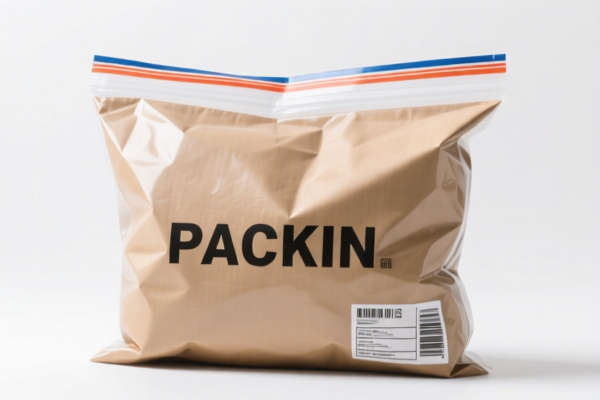| HS Code | Official Doc | Tariff Rate | Origin | Destination | Effective Date |
|---|---|---|---|---|---|
| 9503000071 | Doc | 30.0% | CN | US | 2025-05-12 |
| 9503000073 | Doc | 30.0% | CN | US | 2025-05-12 |
| 3926903300 | Doc | 36.5% | CN | US | 2025-05-12 |
| 3926909989 | Doc | 42.8% | CN | US | 2025-05-12 |
| 3923210080 | Doc | 58.0% | CN | US | 2025-05-12 |
| 3923210095 | Doc | 58.0% | CN | US | 2025-05-12 |




HS Code Classification for "JUMPING BAG"
Based on the provided reference data, classifying "JUMPING BAG" requires careful consideration of its material and intended use. Here's a breakdown of potential HS codes, along with explanations:
-
3923210080: Articles for the conveyance or packing of goods, of plastics; stoppers, lids, caps and other closures, of plastics: Sacks and bags (including cones): Of polymers of ethylene Other: With no single side exceeding 75 mm in length.
- 39: Plastics and articles thereof. This chapter covers goods made of plastic.
- 23: Articles for the conveyance or packing of goods. This specifically refers to items used for containing or transporting goods.
- 21: Sacks and bags (including cones). This narrows down the category to bags.
- 00: Further specifies bags made of polymers of ethylene (polyethylene – a common plastic).
- 80: Bags with no single side exceeding 75mm. If the jumping bag is small and made of polyethylene, this is a strong possibility.
-
3923210095: Articles for the conveyance or packing of goods, of plastics; stoppers, lids, caps and other closures, of plastics: Sacks and bags (including cones): Of polymers of ethylene Other: Other.
- 39: Plastics and articles thereof.
- 23: Articles for the conveyance or packing of goods.
- 21: Sacks and bags (including cones).
- 00: Further specifies bags made of polymers of ethylene.
- 95: Other bags made of polymers of ethylene. If the jumping bag is larger or has features not covered by '80', this is a likely option.
-
3926909989: Other articles of plastics and articles of other materials of headings 3901 to 3914: Other: Other.
- 39: Plastics and articles thereof.
- 26: Other articles of plastics. This is a broad category for plastic items not specifically covered elsewhere.
- 90: Other articles.
- 99: Other. If the jumping bag is made of a plastic not specifically listed or has a complex design, this could be applicable.
Important Considerations & Recommendations:
- Material Composition: The primary material of the jumping bag is crucial. Is it polyethylene (PE), polypropylene (PP), PVC, or another plastic?
- Dimensions: The size of the bag is important, especially for 3923210080. Measure the length of each side.
- Intended Use: While "jumping bag" suggests recreational use, confirm if it's primarily for packaging or conveyance.
- Certification: Depending on the material and intended use (especially if it's for children), specific safety certifications (e.g., ASTM, EN71) may be required.
- Importer Determination: The reference data notes "Labeled or determined by importer." You, as the importer, are responsible for accurately classifying the goods.
Disclaimer: HS code classification is complex and subject to interpretation. This information is for guidance only. It is recommended to consult with a customs broker or relevant authority for a definitive classification.
Customer Reviews
The page provided a solid overview of the HS codes for jumping bags, but I found the part about the importer's responsibility a bit confusing. Still, it's a good starting point.
I was looking for HS code details for plastic bags, and this page gave me exactly what I needed. The explanations for 3923210095 and 3926909989 were spot-on.
The information on tariff rates for HS code 9503000071 was clear, but I wish there were more examples of how to determine the right code based on material and size.
The breakdown of HS code 3923210080 was super helpful. I now understand how to classify my polyethylene jumping bags for export to the US.